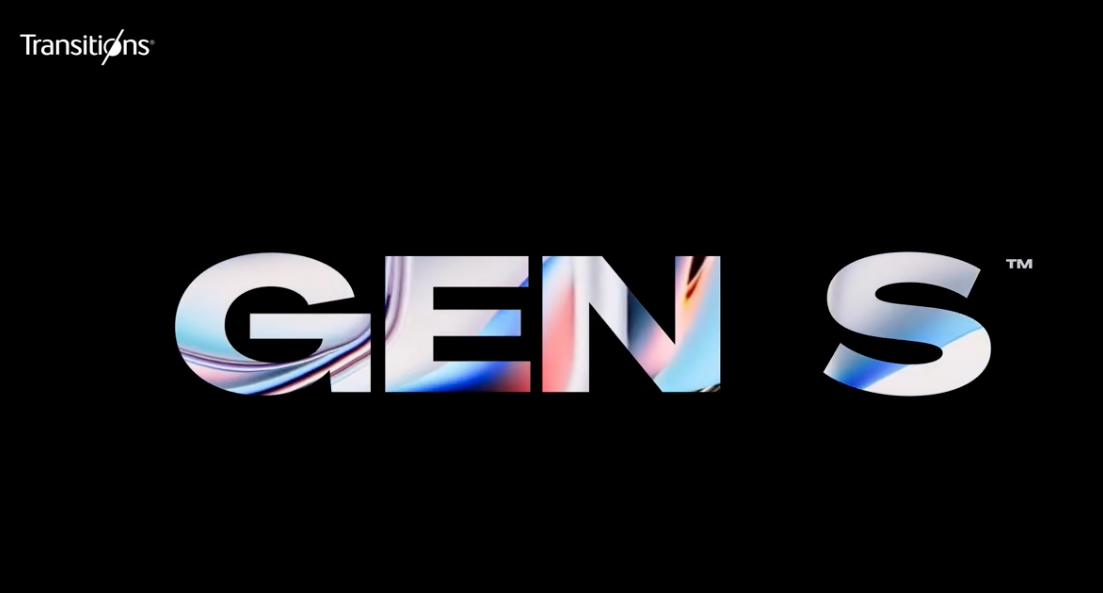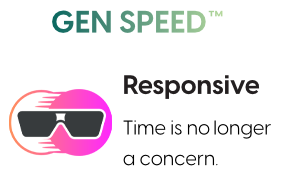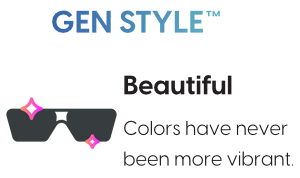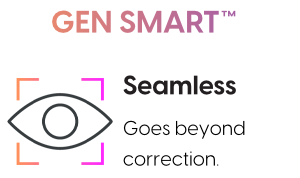
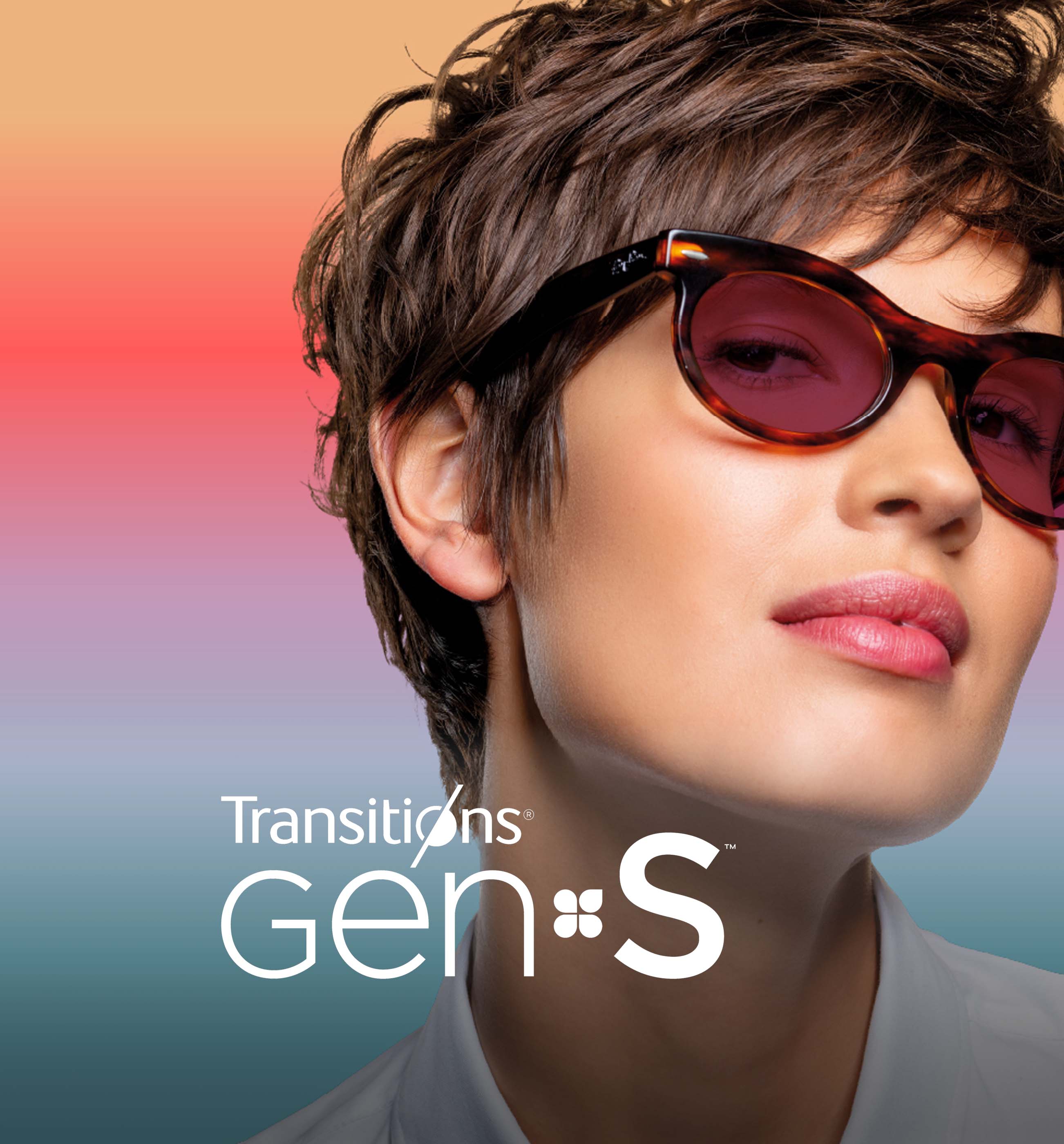
THE NEW LENS STANDARD



Transitions® Gen S™ is the new lens standard, going beyond the ordinary and offering a dynamic, fantastic and love-wear experience that aligns with the everchanging rhythm of life.
Transitions® GEN S™ Digital Toolkit


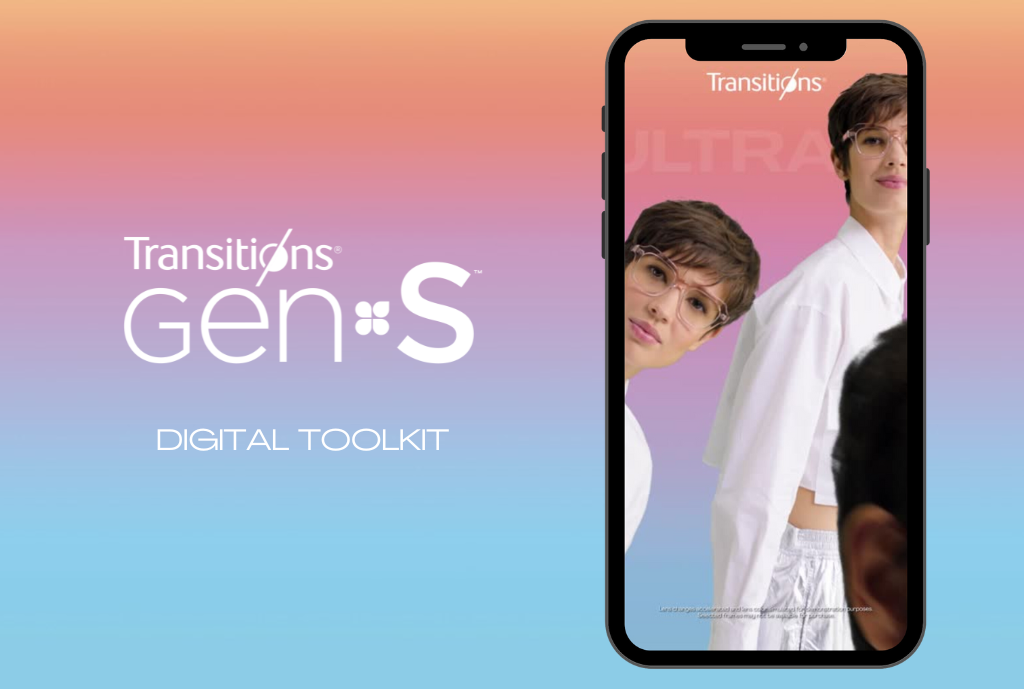
DOWNLOAD THE DIGITAL TOOLKIT FOR YOUR PRACTICE
This toolkit contains a variety of assets to help start the conversation on light management and styling options with Transitions® GEN S™.
Use these videos and digital files to help draw visitors to your digital platforms.
Resources
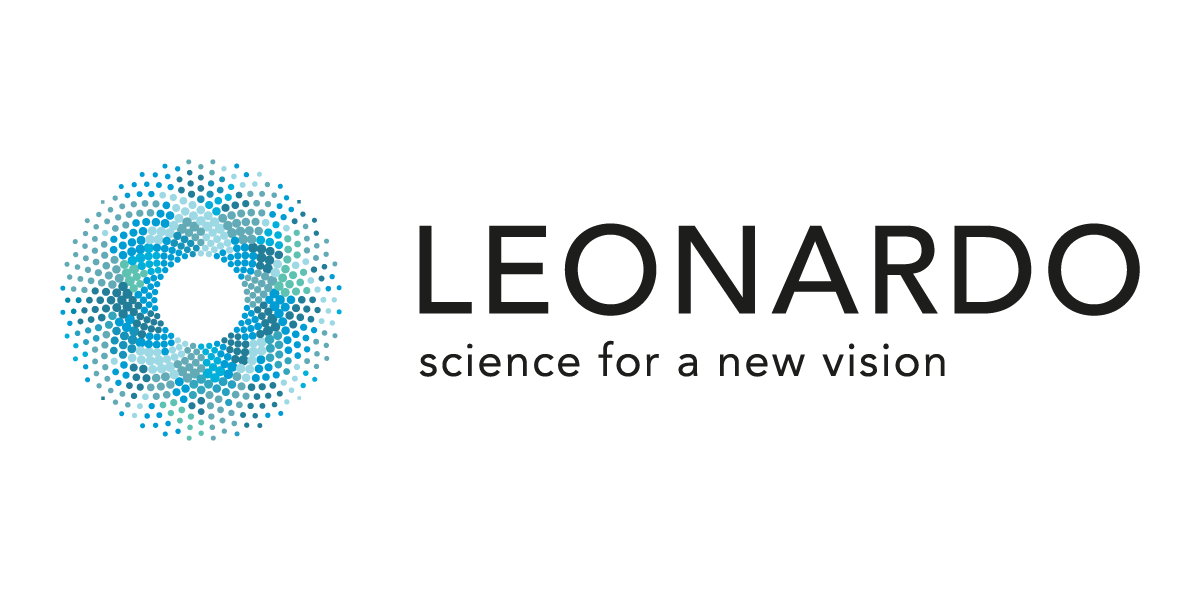
Interested in exploring additional information & training on Transitions GEN S? Head over to Leonardo to learn more.
Learn MoreTransitions Product Resources
*Tests carried out on gray lenses. Photochromic performance may vary across colors and lens materials and is influenced by temperature and UV exposure.
1 93% want or are interested in lenses that enhance their vision beyond vision correction. Transitions Optical, Consumer study on the link between Vision & Protection, external research agency, (CAWI), U.S., Q4 2021, N= 1,000.
2 For gray polycarbonate & CR39 lenses with a premium anti-reflective coating fading back to 70% transmission @ 23°C.
3 For gray polycarbonate & CR39 lenses fading back to 70% transmission @ 23°C, compared to the previous generation.
4 For gray polycarbonate & CR39 lenses achieving 18% transmission @ 23°C.
5 Compared to gray lenses in the clear to dark (category 3) photochromic category. Transitions GEN S Gray lenses fade back faster to 70% transmission while achieving less than 14% transmission when activated at @ 23°C.
6 For gray polycarbonate lenses, compared to the previous generation.
7 Compared to clear lenses. Subject-masked cross-over randomized controlled investigation performed in 2023 on 30 healthy participants (19.2 ± 1.3 years). Testing light stress (discomfort and disability glare, photo-stress recovery) with the clear and darkest states of Transitions GEN S Gray 1.6 index lenses with a premium anti-reflective coating compared to clear 1.6 index lenses with a premium anti-reflective coating. Principal investigator Prof Billy R. Hammond.
8 Compared to the previous generation. Subject-masked cross-over randomized controlled investigation performed in 2023 on 10 healthy pre-trained participants (29.5 ± 4.0 years). Testing contrast sensitivity during fadeback with Transitions GENS Gray1.6 index lenses with a premium anti-reflective coating compared to Transitions Signature GEN 8 Gray 1.6 index lenses with a premium anti-reflective coating. Principal investigator Prof Pablo Artal. Accepted abstract at ARVO 2024. Duarte-Toledo R, Mompeán J et al., A new photochromic lens improves contrast sensitivity during fadeback.
9 Vision quality improved in challenging light conditions, notably in bright to very bright light situations. Compared to clear lenses. Subject-masked cross-over randomized controlled investigation performed in 2023 on 30 healthy participants (19.2±1.3years). Testing light stress (discomfort and disability glare, photo-stress recovery) with the clear and darkest states of Transitions GEN S Gray 1.6 index lenses with a premium anti-reflective coating compared to clear 1.6 index lenses with a premium anti-reflective coating. Principal investigator Prof Billy R. Hammond. Vision quality improved in challenging light conditions, notably when moving from a bright to a darker environment. Compared to the previous generation. Subject-masked cross-over randomized controlled investigation performed in 2023 on 10 healthy pre-trained participants (29.5 ± 4.0 years). Testing contrast sensitivity during fadeback with Transitions GEN S Gray 1.6 index lenses with a premium anti-reflective coating compared to Transitions Signature GEN8 Gray1.6 index lenses with a premium anti-reflective coating. Principal investigator Prof Pablo Artal. Accepted abstract at ARVO2024. Duarte-Toledo R, Mompeán J et al., A new photochromic lens improves contrast sensitivity during fadeback.
10 After seven days of trail per lens type, 86% of wearers chose to keep Transitions GEN S, 5% of wearers chose to keep Transitions Signature GEN 8, and 9% of wearers chose to keep the premium clear lenses. Source: Wearers Test conducted by an external market research agency in the U.S. in Q1 2023 with 134 prescription lens wearers wearing 1.67 index lenses with a premium anti-reflective coating in clear, Transitions GEN S Gray and Transitions Signature GEN 8 Gray.
©2024 Transitions Optical Limited. Transitions and the Transitions logo are registered trademarks of Transitions Optical, Inc. used under license by Transitions Optical Limited. GEN S, GEN SPEED, GEN STYLE and GEN SMART are trademarks of Transitions Optical Limited. Photochromic performance is influenced by temperature, UV exposure and lens materials.
